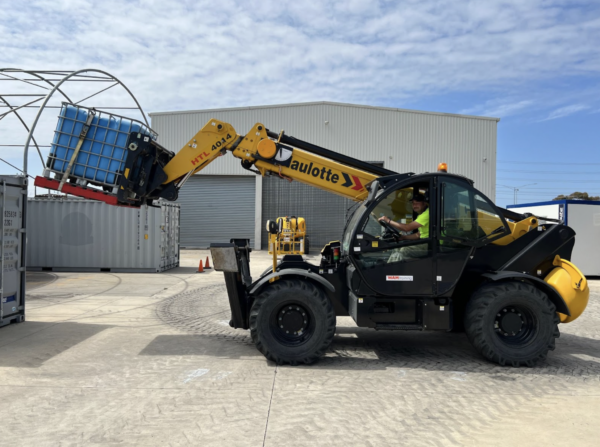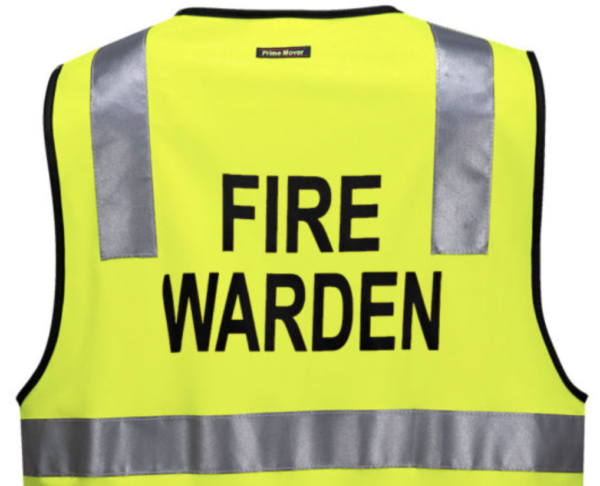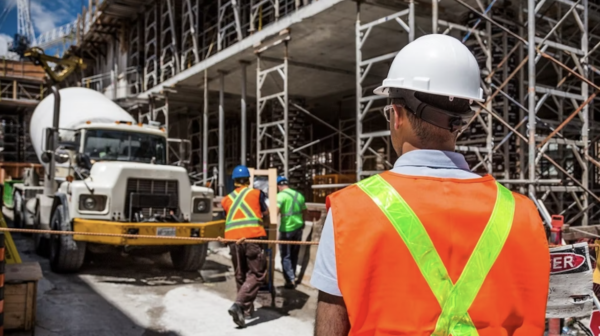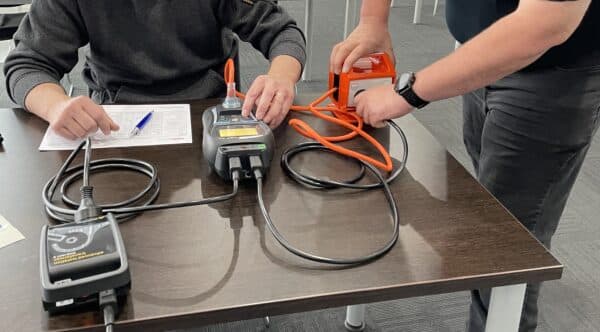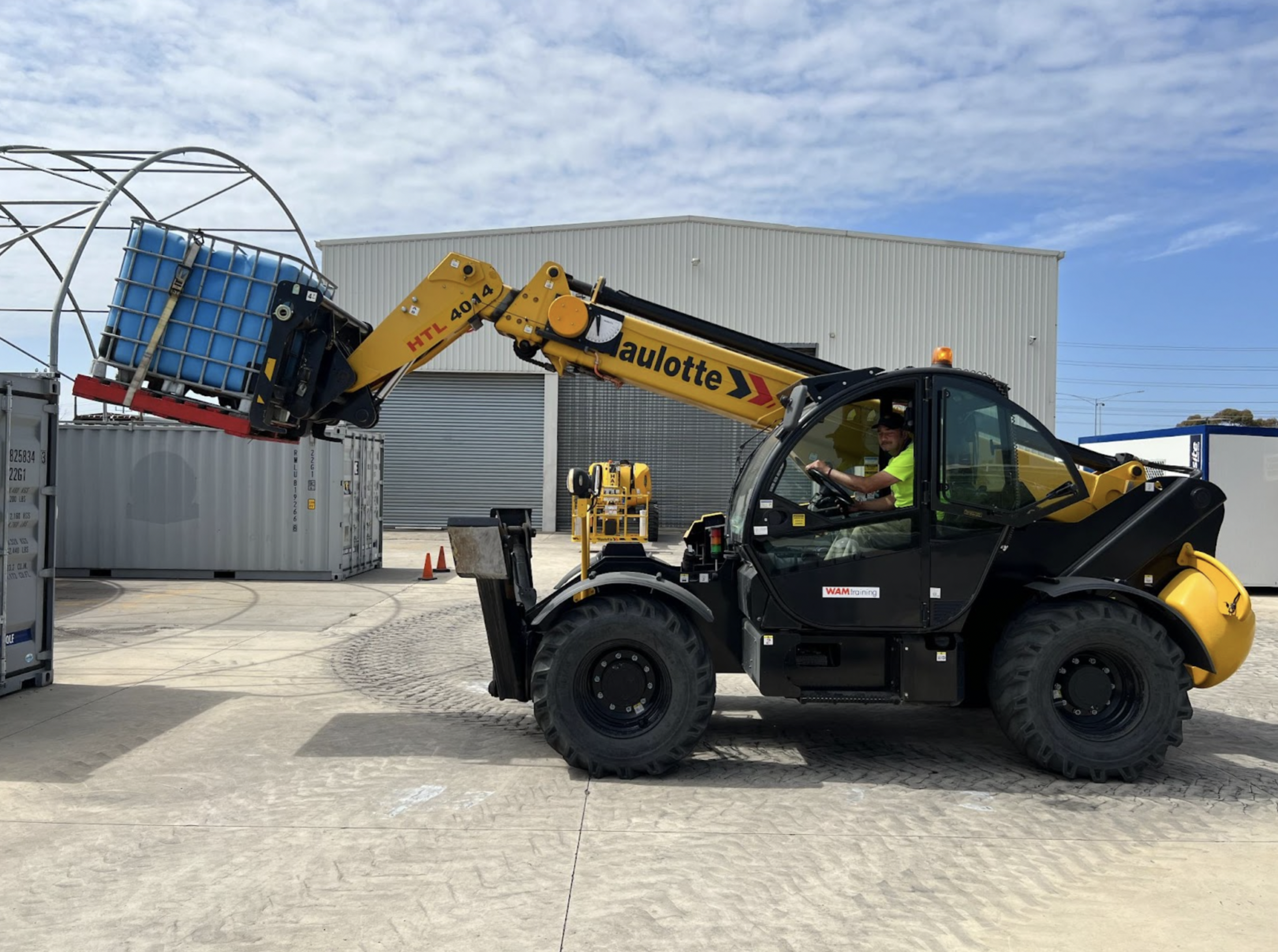
Is a Telehandler Ticket a Good Idea?
In recent times, Telehandlers have become a vital piece of equipment on construction sites. Often the Telehandler is one of the first pieces of equipment to arrive on a new construction site and one of the last to leave. A Telehandler is an extremely versatile machine, with many attachments available to transform the usage from a crane (Lifting Jib), Fork Tines (Standard fork Tines), Bulldozer (Excavation buckets) and even an Elevated Work Platform (Boom lift bucket).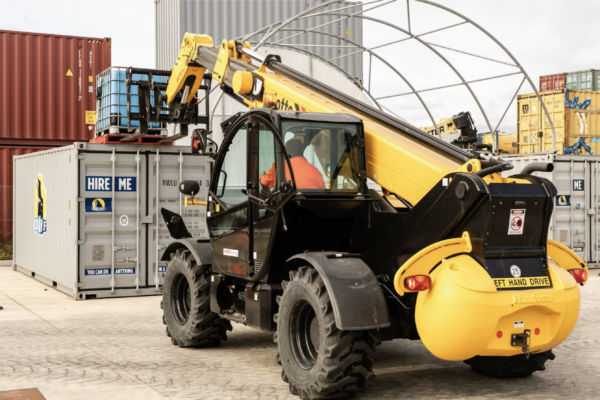
What is required to operate a Telehandler?
Under all Australian state based WHS / OHS laws, all operators of items of plant to be trained and be able to provide evidence of training. All operators of Telehanders capable of lifting less than 3 Tonnes, need to have undergone a Telehandler Training Course. Furthermore, some designated items of plant or High Risk Work Activities, also require the operator to hold a Worksafe High Risk Work Licence. With regard to Telehandlers all operators of a Telehandler with a capacity to lift 3 Tonnes or more MUST hold a Worksafe High Risk Work Licence.What ticket do I need for a Telehandler?
If the Telehandler maximum capacity is less than 3 Tonnes, the operator does not need a Worksafe High Risk Work Licence, but must be trained on how to operate a Telehandler and have proof that that training has occurred. A Telehandler operator must hold a Worksafe High Risk Work Licence to operate a Telehandler that can lift 3 Tonnes or more.What Licence is Required for a Telehandler?
For all operators of Telehandlers capable of lifting 3 Tonnes or more, MUST obtain a Worksafe High Risk Work Licence. The type of High Risk Work Licence required will depend on the type of attachment used on the Telehandler. Below are the 4 different types of attachments available to be fitted to a Telehandler and the applicable High Risk Work Licence required to operate:- Lifting Jib (On a Non Slewing Telehandler) – Class CN (Non-Slewing Mobile Crane)
- Lifting Jib (On a Slewing Telehandler) – Class C2, C6 or CO (Slewing Mobile Crane)
- Forklift Tines (On a Non Slewing Telehandler) – Class CN (Non-Slewing Mobile Crane)
- Forklift Tines (On a Slewing Telehandler) – Class C2, C6 or CO (Slewing Mobile Crane)
- Elevated Work Platform (On a Slewing or Non Slewing Telehandler) – Class WP (Boom Type Elevating Work Platform >11m)
- Earthmoving Bucket (On a Non Slewing Telehandler) – Class CN (Non-Slewing Mobile Crane)
- Earthmoving Bucket (On a Slewing Telehandler) – Class C2, C6 or CO (Slewing Mobile Crane)
What Does a Telehandler Course Cover?
A Telehandler operator training course is suitable for individuals who need to operate a telescopic materials handler with a capacity of 3 tonnes or less in a workplace. During the a Telehandler course you will have the following subjects covered:- Hazards and control measures
- Telehandler safety checks
- Operating techniques
- Telehandler attachments
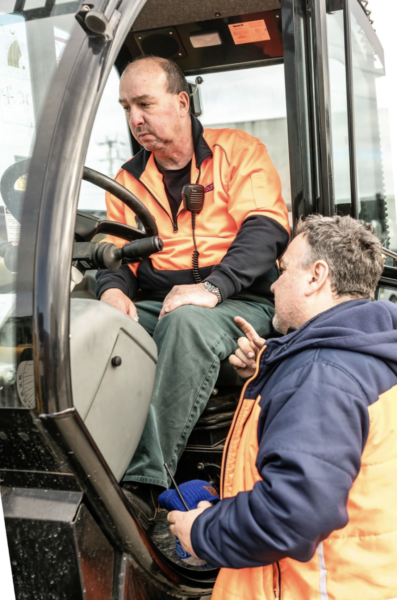
Can You Drive a Telehandler With a Forklift Licence?
The difference in the way in which both Forklifts and Telehandlers operate, and the definitions provided by Safe Work Australia ensure that both Forklifts and Telehandlers have different licensing requirements.
A forklift essentially has a carriage (Which the tines are connected to) which travels up and down a vertical mast, whereas a Telehander gains elevation of it’s attachments by a telescoping boom arm.
In Australia a forklift operator must have obtained a Forklift High Risk Work Licence (Class LF – Loadshifting Forklift), whereas if you are operating a Telehandler capable of lifting 3 tonnes or more, you must obtain a Worksafe high Risk Work Licence. What class of High Risk Work Licence you will require Depends on what attachment you intend to use.
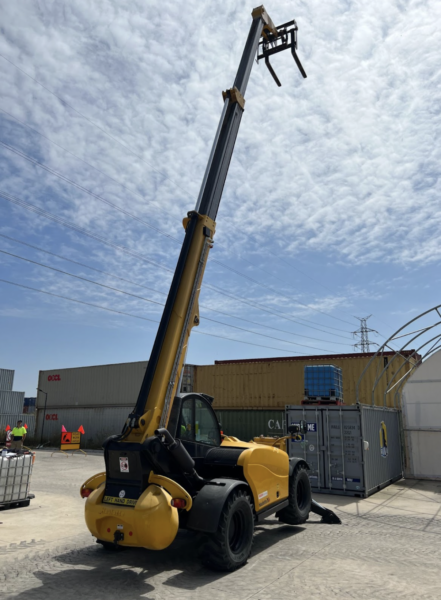
Can a Telehandler Courses be conducted onsite?
A Telehandler training course can also be conducted on any site providing designated minimum site resources are available. For details of the resources required to conduct a Telehandler training course on your site please refer to our Onsite Course Resource Guide. To make an enquiry or view WAM Training’s Onsite Course Pricing please click here.How to Get a Telehandler Ticket?
The easiest way to book into a Telehandler course (Less than 3 Tonne), is to book online via the Telehandler Course page on our website.Telehandler Ticket Assessment?
Trainees will be assessed using a short-answer test and a practical assessment involving the operation of a telehandler to shift loads. Due to the Language, Literacy and Numeracy requirements for the Telehandler Unit of Competency verbal assessments cannot be conducted for this course.How Much is a Telehandler Ticket?
Telehandler tickets generally range in cost from around $500 per person up to $740 per person. This course can also be conducted on any site providing designated minimum site resources are available. To view more information click here.How Long Does a Telehandler Ticket Last?
With regards to Telehandlers under 3 Tonne capacity, some training companies will place expiry dates on their cards. If so, the prescribed expiry date will apply. However, the responsibility for how often retraining is required rests with the employer who should conduct a risk assessment to set an internal policy. Wam Training mark their Telehandler training cards expiry as “As required” leaving the retraining decision with the employer.Does WAM Training Provide Courses and Training to Obtain a Telehandler Ticket?
Yes, we are one of the largest providers of Telehandler training courses in Victoria. WAM Training runs one Telehandler training course each week. To view further information or to make a booking into a Telehandler course click here.